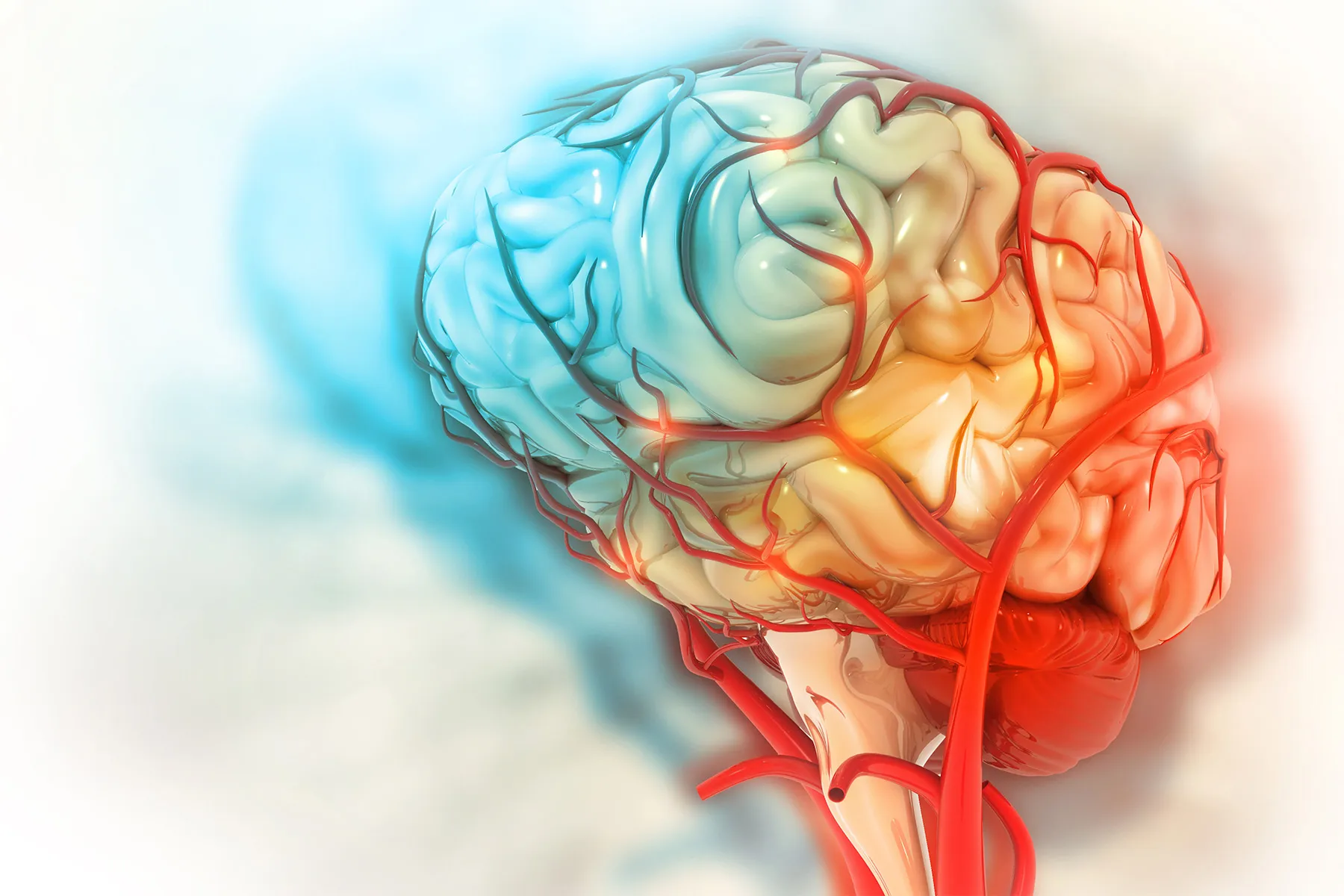There’s a growing push to focus on our brain differences, not deficits. This wider view of “normal” is a big part of something called neurodiversity. Advocates hope the idea expands how we think of developmental disorders, including attention deficit hyperactivity disorder (ADHD).
If the concept goes mainstream, it could lead to big changes in education and workplace norms, says Alecia Santuzzi, PhD, an associate professor at Northern Illinois University who specializes in social-industrial and organizational psychology.
“It does make people take a few steps back to think more creatively about all the different ways work or school tasks can be done,” Santuzzi says.
Judy Singer, a sociologist who has autism, started using the term “neurodiversity” in the late 1990s. It refers to the concept that certain developmental disorders are normal variations in the brain. And people who have these features also have certain strengths.
For example, people with ADHD may have trouble with time management. But they often show high levels of passion, drive, and creative thinking.
“Even their impulsivity can be an advantage,” says Sarah Cussler, assistant director of Undergraduate Writing and Academic Strategies at Yale Poorvu Center for Teaching and Learning. “Because they’ll say things other people are afraid to say.”
Neurodiversity isn’t the same thing as disability. Though, people who have neurodivergent features may need accommodations at work or school.
“Neurodiverse students are wonderful students,” Cussler says. “They can be really creative, big-picture, out-of-the box thinkers. But with some classic kinds of assessments, they have more difficulty.”
Besides ADHD, neurodiversity commonly refers to people with:
Whether it’s elementary school or college, Cussler says it’s important to think about a student’s learning profile. That’s the idea that people process information in different ways.
But some kids can fall through the cracks when it comes to getting academic support.
Cussler says the neurodiversity approach casts a wide net that “catches all of them.”
“On campus now, there’s a shift toward the term neurodiversity as opposed to the term disability,” Cussler says. “There’s some value in that because we don’t just want to focus on the legal definitions of disability, but to include larger groups.
“That includes people with or without a documented learning disability or difference.”
People with neurodivergent features may spend a lot of time trying to adjust to their work environment. They may need to manage their social impressions or find ways to block out distractions.
Over time, Santuzzi says this extra effort can take a toll on work performance and physical and mental health.
“It really sets up an unfair situation for the worker,” she says.
If the modern workplace adopts the concept of neurodiversity, Santuzzi thinks that could ease some of the stigma and stress that affects these workers. That includes people who shy away from help because they fear judgment from their co-workers or boss.
“They don’t want people to think they’re trying to game the system,” Santuzzi says.
If you’re an employer, here are a few tips on how to adjust:
- Create jobs for different kinds of workers.
- Allow for different work schedules and environments.
- Make a flexible work design (when, where, and how work happens) that welcomes people.
Neurodiversity advocates suggest there’s too much attention on the impairments that come with conditions like ADHD. They think a better approach is to focus on what someone’s good at, not what they lack.
For example, there’s some evidence that:
People with ADHD have high levels of spontaneity, courage, and empathy. They can hyper-focus on certain tasks.
Those with autism pay attention to complex details, have good memories, and show certain “specialty” skills. Experts think this can be an asset in certain jobs, such as computer programming or music. As noted by one researcher, Wolfgang Mozart had strong music memory and absolute pitch.
People with dyslexia can perceive certain kinds of visual information better than those without the condition. This skill can be useful in jobs like engineering and computer graphics.
We need more research, but experts think the genes for these developmental “disorders” stick around because they come with evolutionary advantages. For example, behaviors like hyperactivity and impulsivity might have helped our ancestors find food or move way from danger. And strong nonsocial skills, like the kind some people with autism have, were good for our prehistoric ancestors who lived out in nature.
Medical experts and people with neurodiverse features don’t always agree on what neurodiversity means. Some think conditions like autism are always
disabling. And people vary greatly in how they want to self-identify. Some prefer identity-first language while others don’t.
“There are workers with autism and there are autistic workers,” Santuzzi says.
And while there’s a distinction between neurodiversity and disability, right now, “some people want to hold on to the identity of disability to acknowledge that the workplace and school settings haven’t adjusted yet,” Santuzzi says. “And they’re still at a disadvantage.”

